after Jean Dubuffet - Man - Pochoir 1960 Dimensions: 32 x 25 cm Edition: G. di San Lazzaro. Jean Dubuffet (1901 - 1985) Jean Dubuffet was born on July 31, 1901, in Le Havre, France. He attended art classes in his youth and in 1918 moved to Paris to study at the Académie Julian, which he left after six months. During this time, Dubuffet met Raoul Dufy, Max Jacob, Fernand Léger, and Suzanne Valadon and became fascinated with Hans Prinzhorn's book on psychopathic art. He traveled to Italy in 1923 and South America in 1924. Then Dubuffet gave up painting for about ten years, working as an industrial draftsman and later in the family wine business. He committed himself to becoming an artist in 1942. Dubuffet's first solo exhibition was held at the Galerie René Drouin, Paris, in 1944; the Pierre Matisse Gallery gave him his first solo show in New York in 1947. During the 1940s, the artist associated with André Breton, Georges Limbour, Jean Paulhan, and Charles Ratton, and his style and subject matter owed a debt to Paul Klee. From 1945, he collected Art Brut, spontaneous, direct works by untutored individuals, such as the mentally ill and children. He additionally founded the organization Compagnie de l'Art Brut (1948–51) together with writers, critics, and dealers from Dada and Surrealist circles. For the first public Art Brut exhibition at Galerie René Drouin in 1949, Dubuffet published a manifesto in which he proclaimed the style's superiority over officially recognized art. From 1951 to 1952, Dubuffet lived in New York. He then returned to Paris, where a retrospective of his work took place at the Cercle Volney in 1954. His first museum retrospective occurred in 1957 at the Schlo Morsbroich (now Museum Morsbroich), Leverkusen, West Germany. Dubuffet exhibitions were subsequently held at the Musée des arts décoratifs, Paris (1960–61); Museum of Modern Art, New York, and Art Institute of Chicago (1962); Palazzo Grassi, Venice (1964); Tate Gallery, London, and Stedelijk Museum, Amsterdam (1966); and Guggenheim Museum (1966–67). A collection of Dubuffet's writings, Prospectus et tous écrits suivants (Prospectus and all subsequent texts), was published in 1967, the same year he started his architectural structures. Soon thereafter, he began numerous commissions for monumental outdoor sculptures. In 1971, he produced his first theater props, the ''practicables.'' A Dubuffet retrospective was presented at the Akademie der Künste, Berlin; Museum moderner Kunst, Vienna; and Joseph-Haubrichkunsthalle, Cologne (1980–81). In 1981, the Guggenheim Museum observed the artist's 80th birthday with an exhibition. He was also the subject of a major retrospective at the Centre Georges Pompidou (2001). Dubuffet died on May 12, 1985, in Paris.
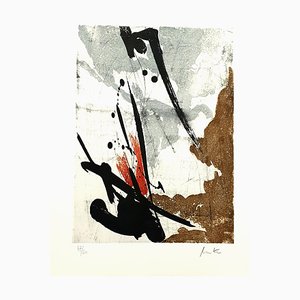

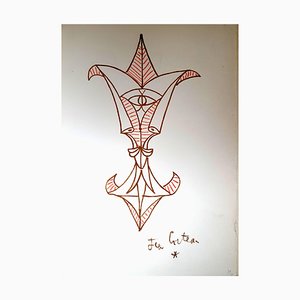
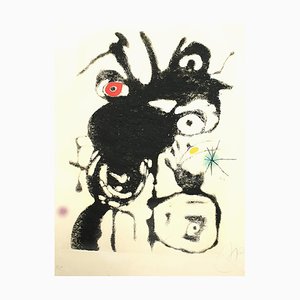
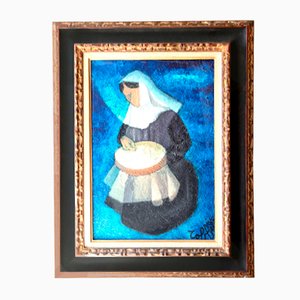
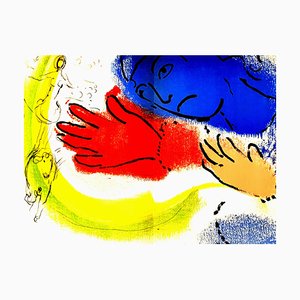
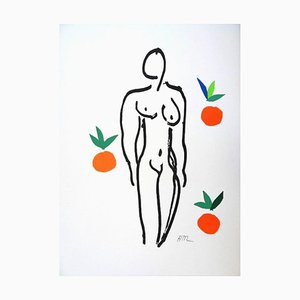
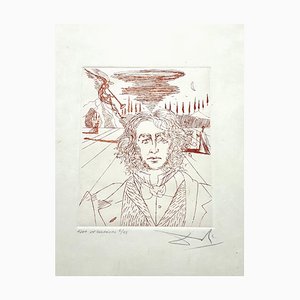
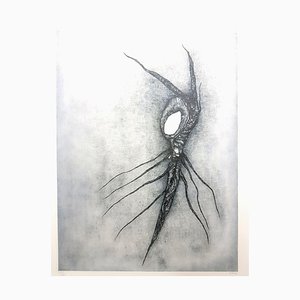
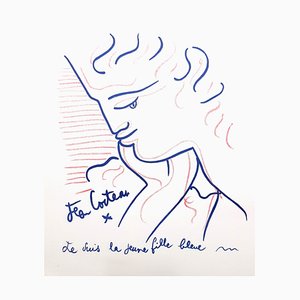
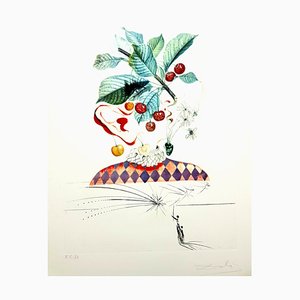
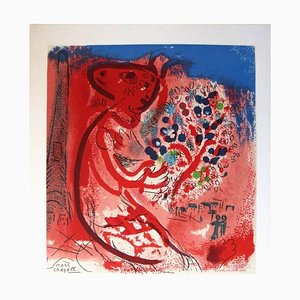
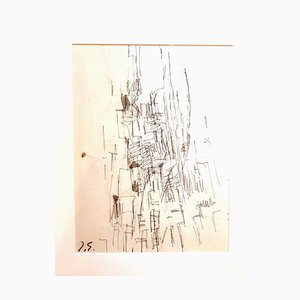
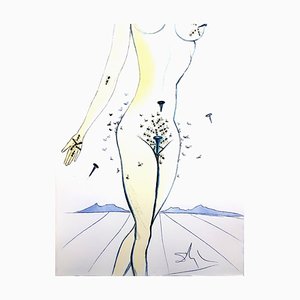
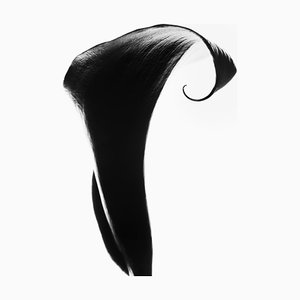
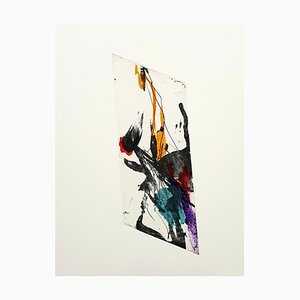




Get in Touch
Make An Offer
We noticed you are new to Pamono!
Please accept the Terms & Conditions and Privacy Policy
Get in Touch
Make An Offer
Almost There!
To follow your conversation on the platform, please complete the registration. To proceed with your offer on the platform, please complete the registration.Successful
Thanks for your inquiry, someone from our team will be in touch shortly
If you are a Design Professional, please apply here to get the benefits of the Pamono Trade Program